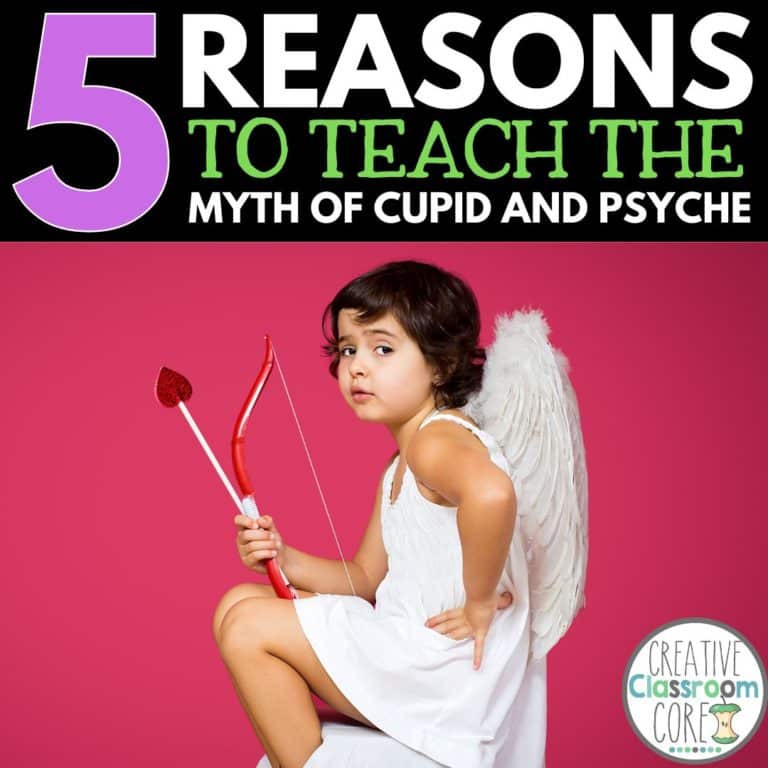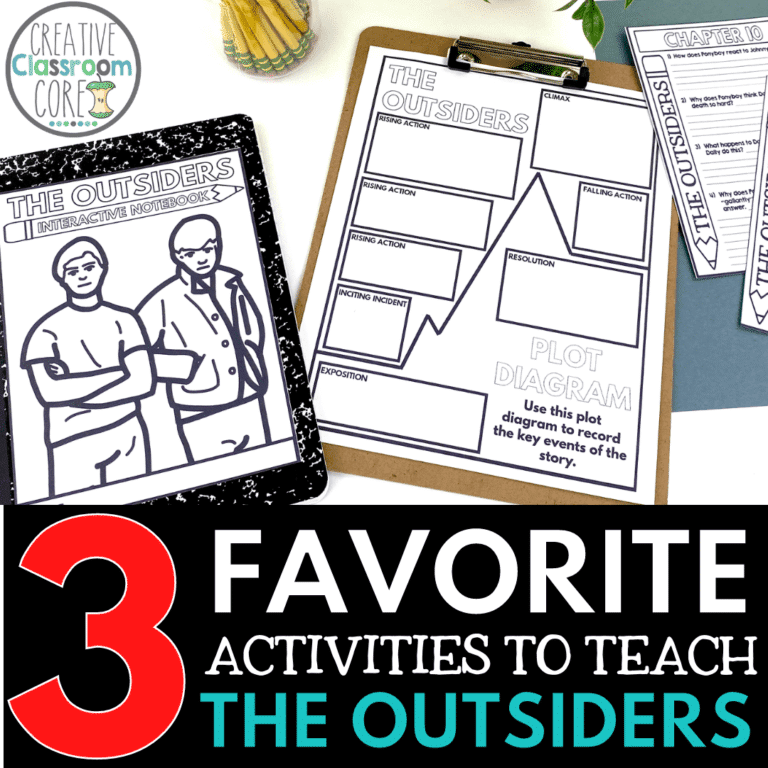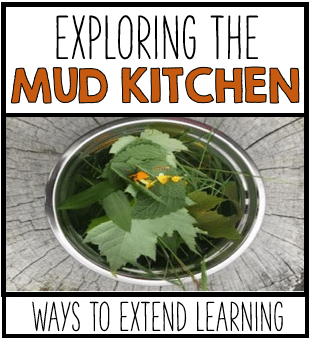Mood Words: 250+ Mood Word Examples
By MARISSA DESPINS Updated April 02, 2024
Why is it Important to Teach Mood Words?
In stories, mood sets the emotional scene. It’s key to teach kids about this because it boosts how well they understand what they’re reading and lets them dive deeper into the story. Learning words related to mood helps kids pick up on the story’s emotional backdrop and the finer points, making them feel closer to both the characters and the action. This understanding doesn’t just improve their reading skills; it also builds their ability to empathize helping them recognize and make sense of the feelings and emotions expressed through words.

Looking for some FREE resources to help you teach about Mood and Tone with your learners? Click on the image or button below to download the freebie!
What Elements make up Mood?
In literature, mood is developed through several key elements:
- Setting: Setting is the time and place of a story’s action. It can significantly influence the mood by providing a backdrop that shapes the narrative’s emotional tone.
- Imagery: Imagery is descriptive language that appeals to the senses. Mood words evoke strong imagery and help to build a vivid emotional setting.
- Tone: Tone is the author’s attitude towards the subject or the audience. It is conveyed through their choice of words and details. This plays a significant role in establishing the mood of a piece of literature.
- Diction: Diction is the author’s choice of the words themselves. Words can evoke different emotions, contributing to the overall mood of the work.
- Genre: The genre of a story can also suggest certain moods. For example, horror stories often have a mood of fear or suspense.
- Plot: Plot is essentially the events of the story, including conflicts and resolutions. Plot can influence the mood by affecting the characters’ emotions and responses.
Mood Examples from Classic Literature
Below are three examples of mood that can be seen clearly in classic literature.
- “Wuthering Heights” by Emily Brontë: The moors play a large part in the story. Their wild beauty and isolation set a haunting and melancholic mood that mirrors the turbulent love story at the heart of the novel.
- “The Great Gatsby” by F. Scott Fitzgerald: In this work, Fitzgerald uses lavish imagery and a nostalgic tone. This helps to create a mood of opulence tinged with sadness and disillusionment during the Roaring Twenties.
- “Macbeth” by William Shakespeare: This classic play takes place in the Scottish highlands. This dark and ominous setting combined with the play’s bloody plot and guilt-ridden protagonists helps to establish a mood of foreboding and tragedy.
What is the Function of Mood in Literature?
In literature, mood serves several purposes. These include:
- Mood helps to set the emotional tone for the story. It helps to prepare readers for the events that are to unfold in the story.
- Mood helps to enhance themes and motifs. It does this by aligning the emotional landscape with the deeper messages of the story.
- Mood can help to Influence readers’ perceptions and reactions. Using carefully chosen mood words helps to guide readers towards a particular emotional response to the story and its characters.
What are some Common Mood Words used in Literature?
Mood words can be described as being positive, neutral, or negative.
Positive Mood Words
Positive mood words evoke feelings of happiness and optimism. Examples of positive mood words include:
- Joyful
- Elated
- Enthusiastic
- Optimistic
- Content
- Blissful
- Jubilant
Neutral Mood Words
Neutral mood words describe a state of balance. They are not particularly positive nor negative. Examples include:
- Calm
- Peaceful
- Relaxed
- Reflective
- Balanced
Negative Mood Words
Negative mood words imply feelings of sadness, anger, or fear. Examples include:
- Melancholic
- Somber
- Eerie
- Anxious
- Foreboding
- Creepy
- Gloomy.
Teaching students about mood is essential for deepening their understanding of literature. Whether through the setting, imagery, tone, diction, genre, or plot, mood shapes the emotional landscape of a story, guiding readers’ reactions and enriching their engagement with the text.
For more engaging activities to boost student understanding of text, check out our posts on character traits and descriptive writing!
Interested in Signing up for my Email List?
If you are interested in signing up for my email list, you can do so by clicking on the link below. I periodically send out emails with free resources, teaching tips, and exclusive deals. Signing up will also give you immediate access to some of my best selling Interactive Notebook resources – foldable projects, graphic organizers, and other fun activities.







